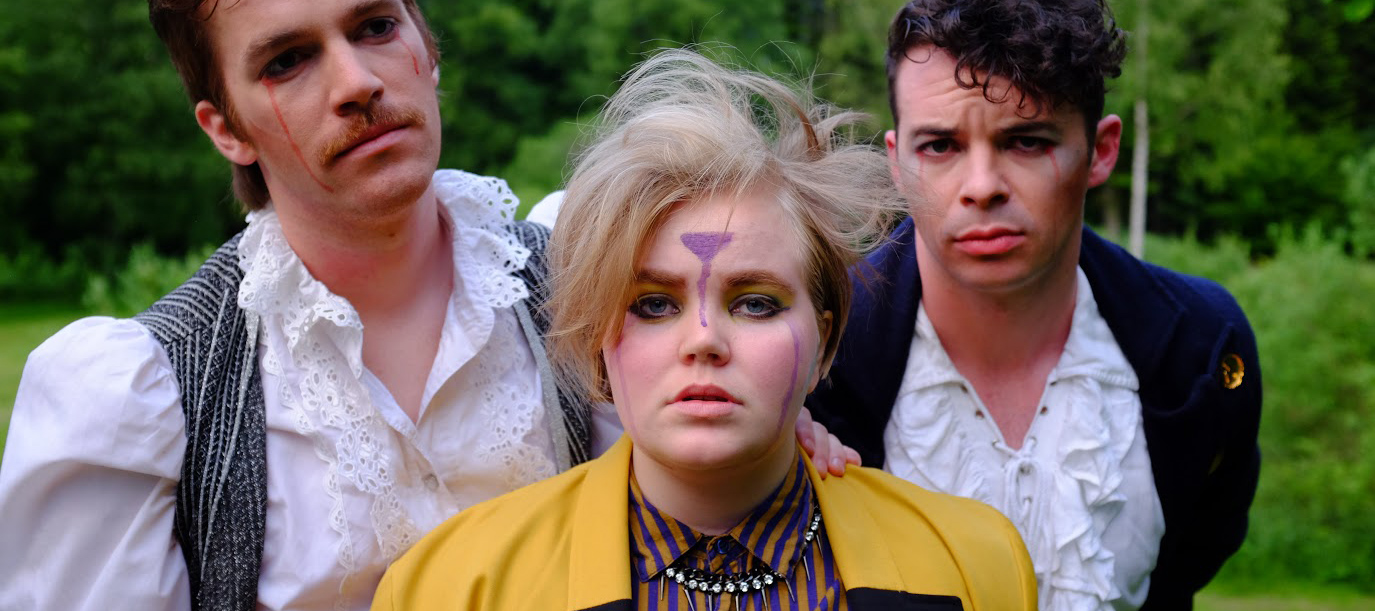Tag: Just a Little Lovin’
-

Beyond Cracking Eggs
in
Larp made me trans; what next? A conversation between four larpers whose eggs cracked a long time ago.
-

Documentation of Larp Design
Eight types of design-relevant larp documents with different purposes aimed at distinct audiences.
-

Tears and the New Norm
in
In recent years, we — the Nordic/International progressive role-playing scene, both tabletop and larp — have produced games that can bring out powerful emotions in the players, and empower the players to engage with powerful emotions. This process has significantly extended the artistic reach of the role-playing medium, and also given a lot of people
-

Love, Sex, Death, and Liminality: Ritual in Just a Little Lovin’
in
Just a Little Lovin’ is commonly touted as one of the best Nordic larps ever designed by those who have played it. Originally written in 2011 by Tor Kjetil Edland and Hanne Grasmo, the larp explores the lives of people in alternative sexual and spiritual subcultures during the span of 1982-1984 in New York who…